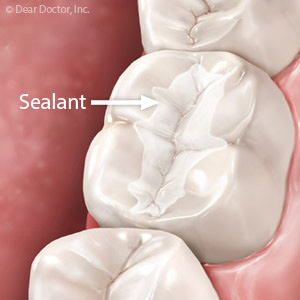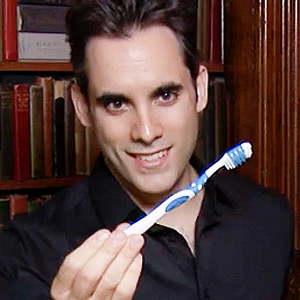

We’re all familiar with tried and true traditional braces and perhaps with newer clear aligners for realigning teeth. But there’s an even more novel way that’s quickly becoming popular: lingual braces.
This type of braces performs the same function as the traditional but in an opposite way. Rather than bonded to the front of the teeth like labial (“lip-side”) braces, these are bonded to the back of the teeth on the tongue (or “lingual”) side. While labial braces move teeth by applying pressure through “pushing,” lingual braces “pull” the teeth to where they need to be.
Although lingual braces are no better or worse than other orthodontic methods, they do have some advantages if you’re involved in sports or similar physical activities where mouth contact with traditional braces could cause lip or gum damage, or if your work or lifestyle includes frequent snacking or eating, which requires continually removing clear aligners. And like aligners, lingual braces aren’t noticeable to the outside world.
But lingual braces typically cost more: as much as 15-35% more than traditional braces. They can initially be uncomfortable for patients as the tongue makes contact with the hardware. While most patients acclimate to this, some don’t. And like traditional braces, it’s hard to effectively brush and floss your teeth while wearing them. This can be overcome, though, by using a water flosser and scheduling more frequent dental cleanings while you’re wearing them.
For the most part, lingual braces can correct any poor bite (malocclusion) correctable with labial braces. The treatment time is also comparable, ranging from several weeks to a couple of years depending on the malocclusion. And, as with any other orthodontic method, you’ll need to wear a retainer once they’re removed.
Lingual braces have only been available in a limited fashion for a few years, but their availability is growing as more orthodontists train in the new method. If you’re interested in the lingual braces approach, talk to your orthodontist or visit www.lingualbraces.org to learn more.
If you would like more information on lingual braces, please contact us or schedule an appointment for a consultation. You can also learn more about this topic by reading the Dear Doctor magazine article “Lingual Braces: A Truly Invisible Way to Straighten Teeth.”









